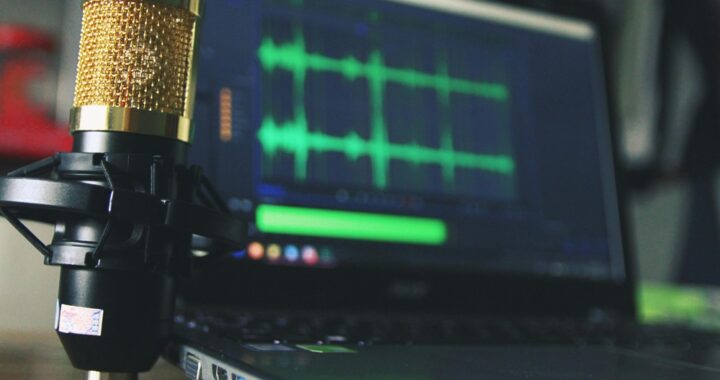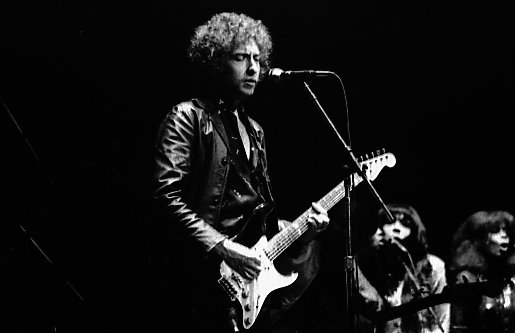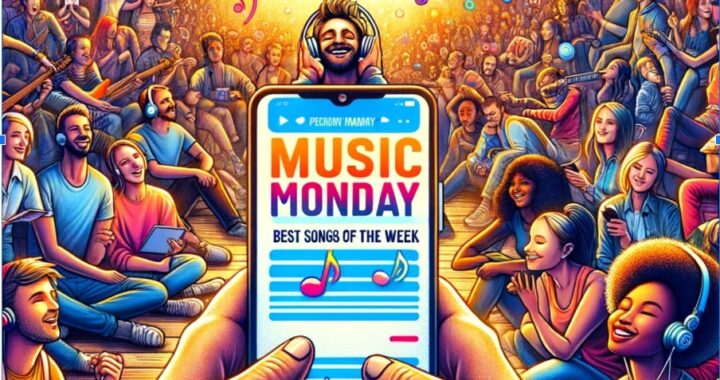Feature: The Evolution of Concert Photography From Its Humble Beginnings In The 1960s to Today
4 min read
What was born in the 1960s, the concept and art of concert photography has been able to evolve over the last 60 years as live music and photography have come together in what is often compared to being a marriage of two distinct art forms.
Numerous changes have been experienced over the decades since it was first introduced, with its humble beginning turning into something rather spectacular because of the technology available in the modern era and the digitalization that now occurs.
The 1960s was a massive time across the music industry, with various genres breaking out and becoming more mainstream with audiences. Pop music managed to evolve and shift from traditional pop, while genres like rock, funk, soul, and R&B emerged and became trendier. It was a decade in which concert photography also started. Music journalism was on the rise, and publications started to emerge as they looked for photos to publish in their magazines. There were only a few photographers in this space, with Gered Mankowitz and Jim Marshall among the most famous of the era.
The 1970s brought a bigger and more established feel to concert photography, with more photographers building reputations for themselves in this niche. Individuals including Mick Rock, Jenny Lens, and Annie Liebovitz rose to prominence as they each followed and snapped the biggest names in music during the decade and beyond.
Music photography evolved even further in the 1980s as the three-song rule was established, leading to a way in which concert photography had to change. Photographers were only able to shoot the first three songs of a performance, as artists looked to try and protect themselves from the overcrowded photography pits that would besiege them at concerts. Bruce Springsteen was the main man behind the initiative, as he did not want to have constant flashbulbs in his eyes throughout a performance. This led to concert photographers needing to find new ways, as they needed to try and get the best shots in a limited window.
Things improved technologically in the 1990s and 2000s as photographers could use digital cameras to achieve various tasks and snap better-quality images without intrusion. They could use their DSLR cameras to take unlimited photos, check which ones are good and which can be discarded, and which ones can be uploaded to the internet as free stock photos or those that could be sold to a magazine or publisher.
The availability of cameras and the increased popularity of digital photography helped concert photography to boom further as the niche became more accessible to amateurs. Cost and access to equipment no longer became barriers to entry, as people were able to enter the field without having to spend thousands as they would have done decades previously.
Of course, today’s tech has made it even easier for people to engage in concert photography, with it perhaps one of the most common types of photography nowadays. People are able to snap photos and capture video footage with their smartphones, with these devices often featuring a high-quality camera. Additionally, they are able to upload what is captured onto social media platforms instantaneously and share it with the rest of the world.
Given the developments and advancements to have been experienced over the last six decades, there is no denying how far concert photography has managed to come. As technology continues to develop and improve with new innovations, there is every chance that we could see newer ways in which photographers work in this sphere.
They could potentially use virtual reality in the future to provide an immersive photo experience should the tech allow for it, or they could provide us with new perspectives due to new techniques that are available. Artificial intelligence may also become more prevalent across the industry, as robots may be utilized to create images in a unique way that human photographers have yet to do or are able to achieve.
The industry is one that can be hard to break into as a professional but with amateurs being able to have access to incredible equipment at a fraction of the cost of specialist cameras, there is always likely going to be a new way in which concert photography will change. Whether it is for the better or not remains to be seen, though.
::: RenownedForSound.com’s Editor and Founder –
Interviewing and reviewing the best in new music and globally recognized artists is his passion.
Over the years he has been lucky enough to review thousands of music releases and concerts and interview artists ranging from top selling superstars like 27-time Grammy Award winner Alison Krauss, Boyz II Men, Roxette, Cyndi Lauper, Lisa Loeb and iconic Eagles front man/songwriter, Glenn Frey through to more recent successes including Newton Faulkner, Janelle Monae and Caro Emerald.
Brendon manages and coordinates the amazing team of writers on RenownedForSound.com who are based in the UK, the U.S and Australia.



